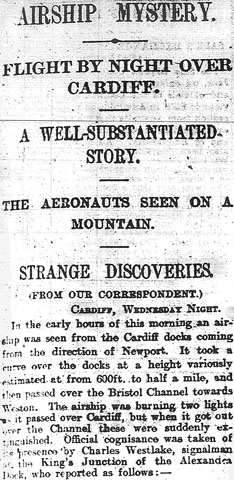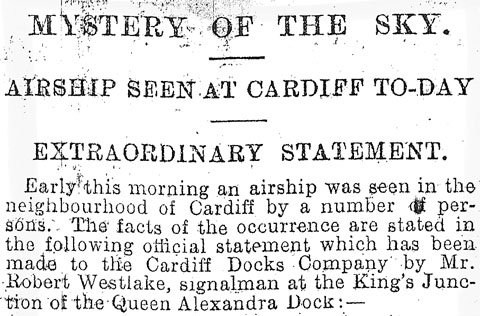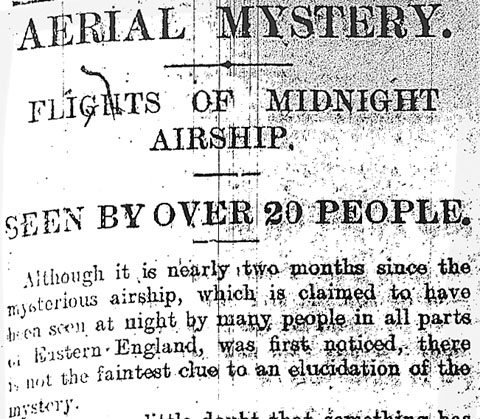Acquisitions
Oliver Stewart. Air Power and the Expanding Community. London: George Newnes, 1944. Thanks to Chris for pointing this one out to me. Looks forward to the post-war period and argues that the airpower (both military and civil) will be fundamental to the power blocs which will emerge, and that armed forces should combine all three […]






